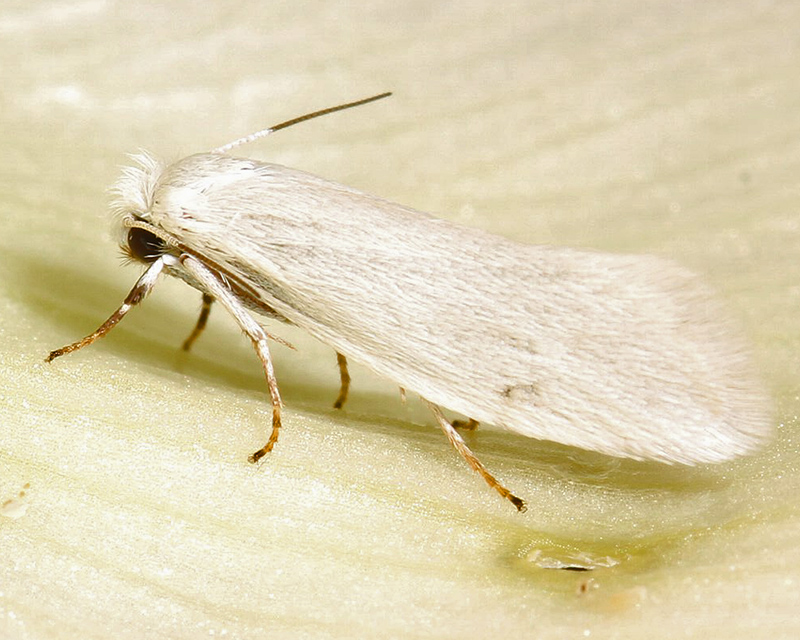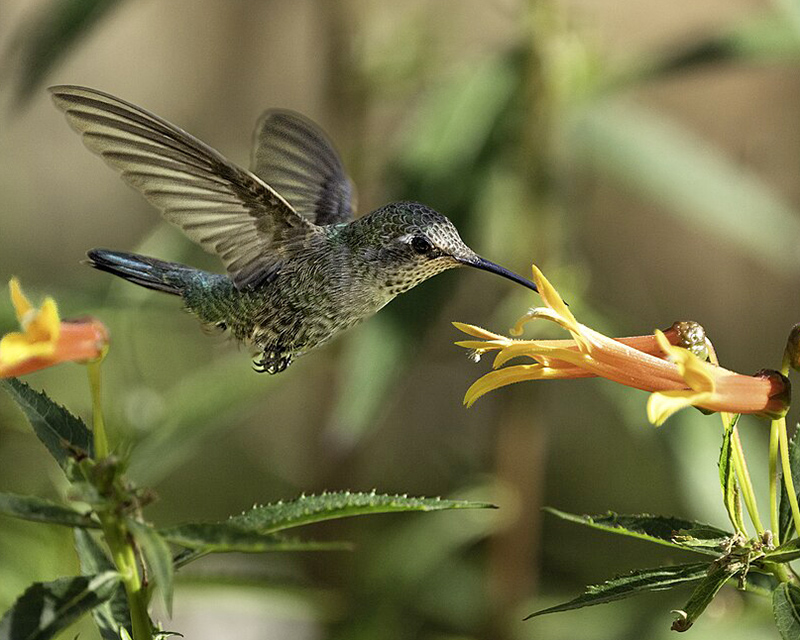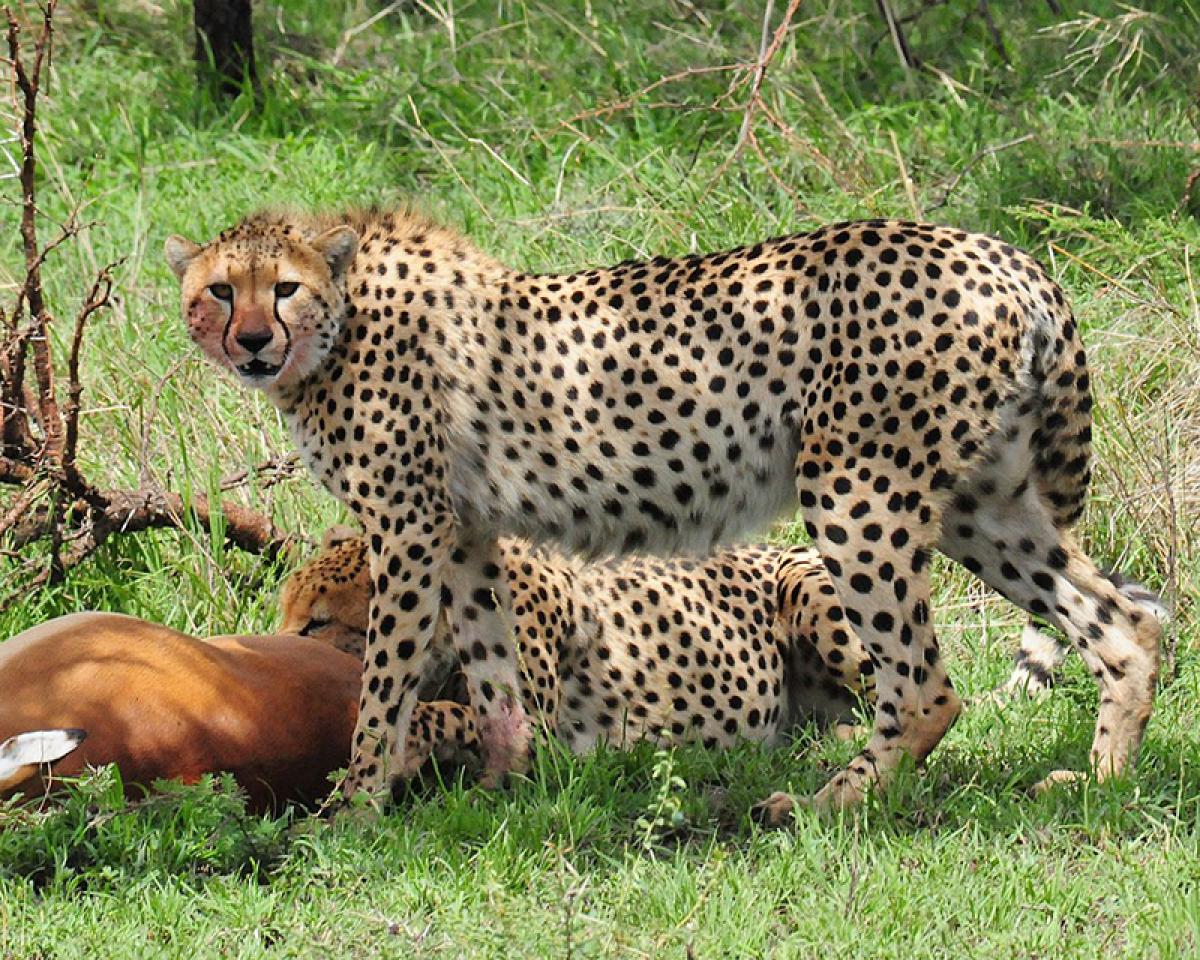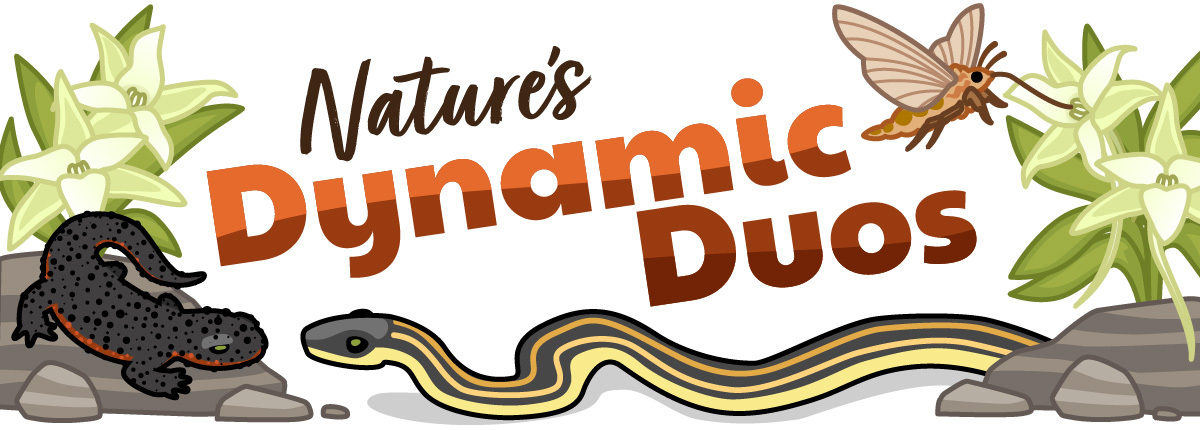Coevolution and biodiversity
When you look outside, how many species can you name? Maybe 5, 10, or even 50? Scientists estimate that there are about 8 million different species on Earth! A key force behind this amazing diversity is thought to be coevolution.
All around us, species are interacting. From the plants on the ground to the birds in the sky, most species either cooperate or compete with others. These constant interactions can cause species to change over time, especially if they live closely together or depend on each other.

Sometimes, these changes become so significant that they can lead to the creation of entirely new species. This process is called speciation. One example comes from the highly specialized relationship between yucca moths and yucca plants. Yucca moths are unique because they are one of the few pollinators that actively pollinate yucca plants. This means that they actively take pollen from one plant and transfer it to another through a specialized behavior. To help them in this process, they have specialized mouthparts called maxillary tentacles that help store and transfer pollen. These specific mouthparts are not found in any other moth or butterfly!
The female yucca moth will lay her eggs in the plant so that they can feed in the yucca fruit. In this relationship, the yucca plant benefits because it is pollinated. The yucca moth also benefits because her offspring have a protective environment to grow (mutualism). Similar to fig wasps and figs, this relationship has become so specialized that neither species can survive without the other.

Even when new species don’t form, coevolution can still cause populations of the same species to develop unique traits. For example, some hummingbirds and the flowers they pollinate have evolved special shapes and sizes to complement each other. On the other hand, cheetahs and gazelles are competing in an evolutionary arms race where the cheetah evolves to run faster to catch the gazelle while the gazelle evolves to run faster to escape the cheetah.
Together, these processes show how coevolution helps shape the variety of organisms and adaptations we see in nature.
Additional images via Wikimedia Commons. Cheetah picture by Vince Smith.
Read more about: Nature's dynamic duos
Bibliographic details:
- Article: Coevolution and diversity
- Author(s): Dr. Biology
- Publisher: Arizona State University School of Life Sciences Ask A Biologist
- Site name: ASU - Ask A Biologist
- Date published:
- Date accessed:
- Link: https://askabiologist.asu.edu/coevolution-diversity
APA Style
Dr. Biology. (). Coevolution and diversity. ASU - Ask A Biologist. Retrieved from https://askabiologist.asu.edu/coevolution-diversity
Chicago Manual of Style
Dr. Biology. "Coevolution and diversity". ASU - Ask A Biologist. . https://askabiologist.asu.edu/coevolution-diversity
Dr. Biology. "Coevolution and diversity". ASU - Ask A Biologist. . ASU - Ask A Biologist, Web. https://askabiologist.asu.edu/coevolution-diversity
MLA 2017 Style

In many cases, when animals have adapted an extreme trait, like super potent venom, extra long beaks, or the fastest speed around, it's a result of coevolution. Cheetahs are extraordinarily fast, as they are in an arms race to be able to catch some of the fastest prey around.
Be Part of
Ask A Biologist
By volunteering, or simply sending us feedback on the site. Scientists, teachers, writers, illustrators, and translators are all important to the program. If you are interested in helping with the website we have a Volunteers page to get the process started.

